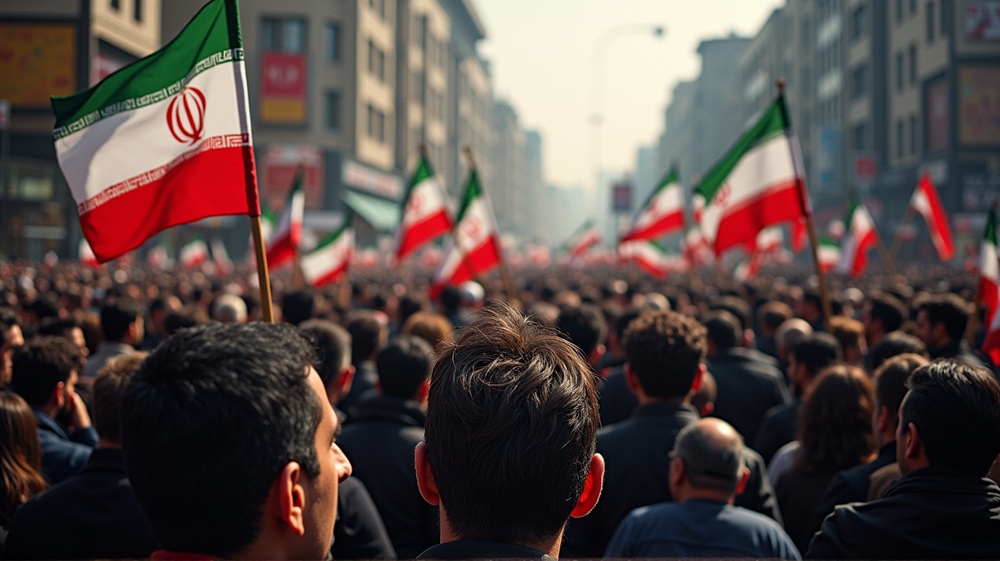In the volatile landscape of Iran, the dates of September 19 and 20, 2025, became etched as a crucial moment in the collective memory, marking days when widespread protests erupted across cities such as Sabzevar, Ahvaz, Tehran, and Tabriz. These protests were not isolated incidents but a crescendo of public outcry, unified by shared grievances against the clerical regime’s persistent economic failures and political oppression. According to National Council of Resistance of Iran - NCRI, a nation’s breaking point was visibly on display, characterized by a defiant chorus of rage and the determination of a people long denied their basic rights.
Sabzevar: The Heart of Defiance
In Sabzevar, the evening of September 19 witnessed a vivid confrontation. Young, fervent revolutionaries turned the urban streets into battlegrounds of resistance. They chanted potent slogans such as “Death to the Dictator” and “Death to Khamenei,” manifesting a deep-seated disdain for the oppressive rule of the Supreme Leader. The striking message of defiance resonated, challenging the regime’s tight grip over its citizens.
Clashes with security forces, including the feared Basij, emphasized the combustible tension simmering within the city. The haunting chants echoed from rooftops, signaling a community in rebellion, declaring the silence over and a new dawn of collective rage.
Economic Desperation: The Ignition of Public Fury
While fiery political dissent raged in Sabzevar, a different yet interconnected scene played out in cities like Ahvaz on September 20. Here, economic hardship became the rallying cry as workers from the National Steel Group protested enduring two months without pay. The lack of basic necessities and benefits incited new heights of desperation and anger.
In the capital, Tehran, frustrated customers of the state-affiliated SAIPA voiced their own cries of injustice over delayed vehicle deliveries. In Tabriz, suppliers of medical equipment faced indignities from unpaid debts—each act revealing a nation besieged by systemic financial decay.
Beyond Economics: A Crumble of Social Fabric
The protests transcended fiscal concerns, penetrating deeper into societal issues. In Tehran, teachers, having excelled in their recruitment exams, found themselves still without employment due to discriminatory practices. Meanwhile, in Poldasht, the lifeline of farming was in jeopardy as water diversions threatened traditional livelihoods, a testament to environmental abuses for the regime’s benefit.
The residents of Alavijeh protested the environmental plunder by mining activities, showcasing the depths of exploitation perpetrated in the name of profit.
A Unified Struggle
This powerful surge of protests paints a stark picture of a populace galvanized against a regime’s brutal inefficiencies. The widespread dissatisfaction and shared determination for change declare that separate grievances are part of a larger struggle—an emblematic fight against a regime seen as illegitimate and ruinous.
The undeniable resilience and burgeoning unity among the people underscore a pivotal time in Iran’s history. As the regime teeters on the brink of self-inflicted chaos, the Iranian society stands united, ready to reclaim its nation’s future with an unmistakable call for freedom and dignity.












